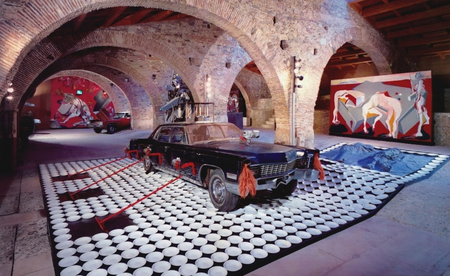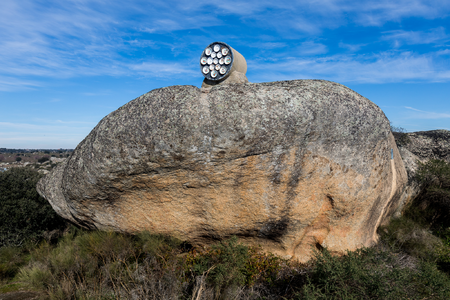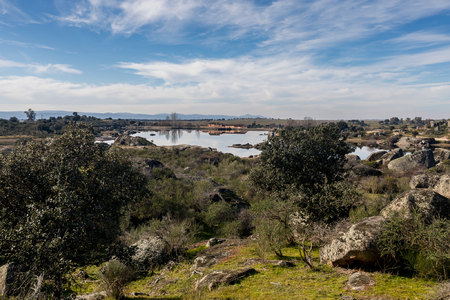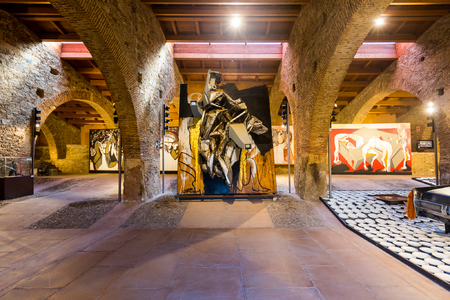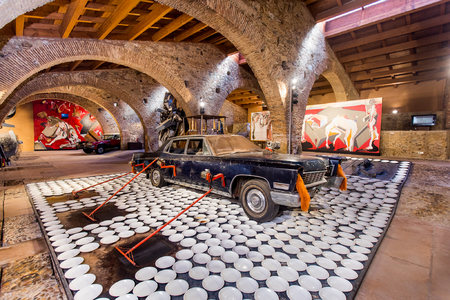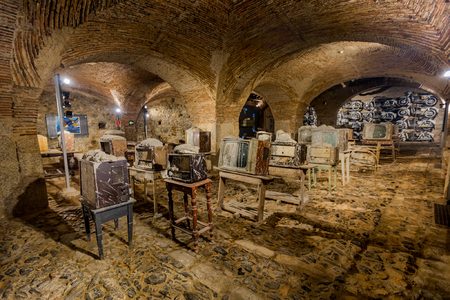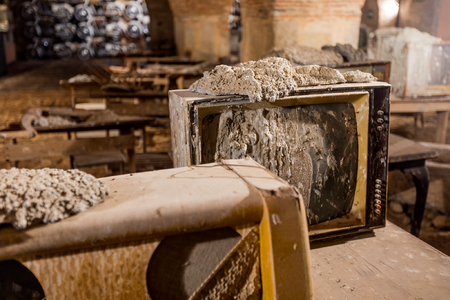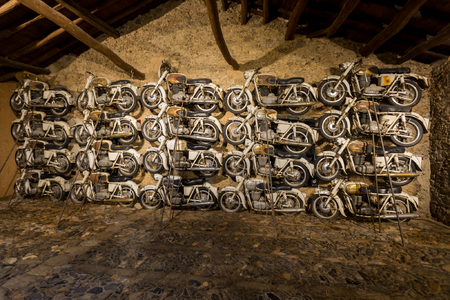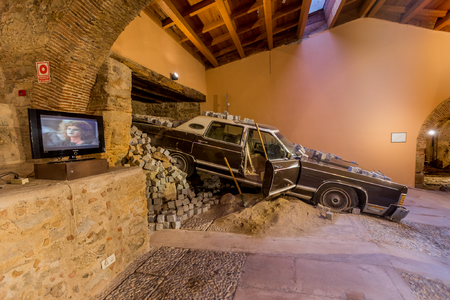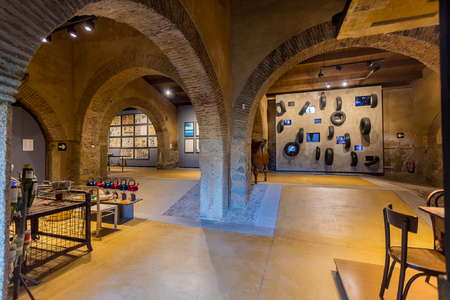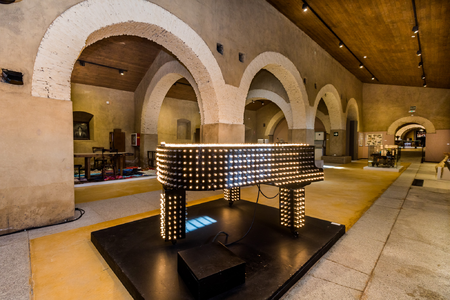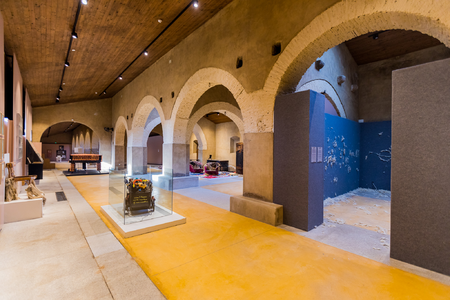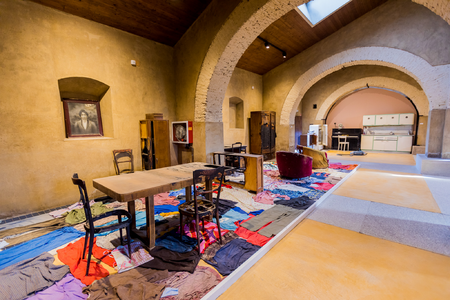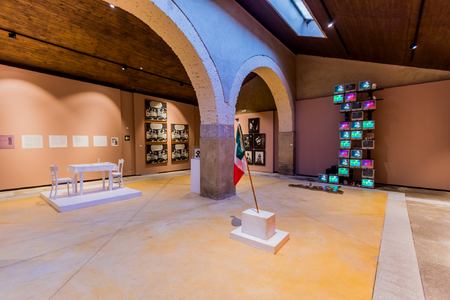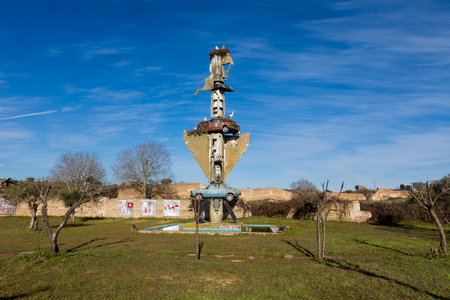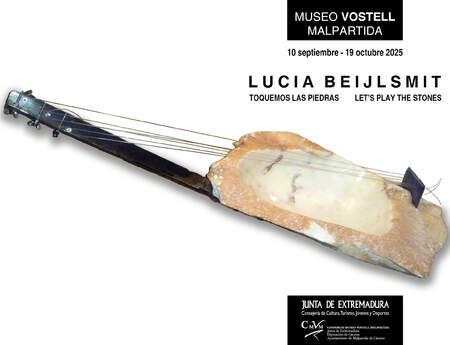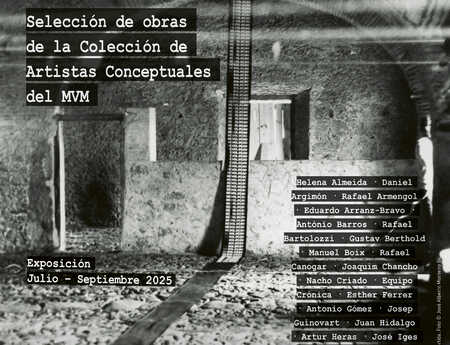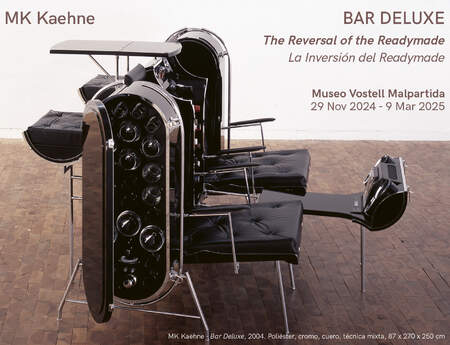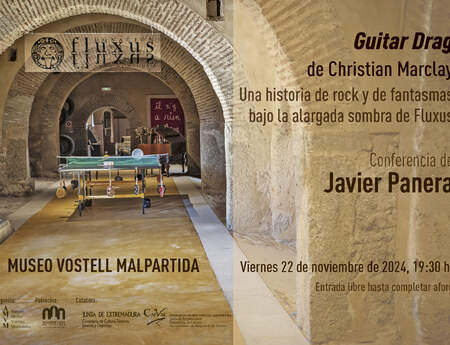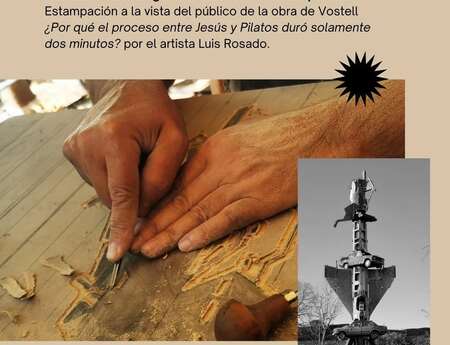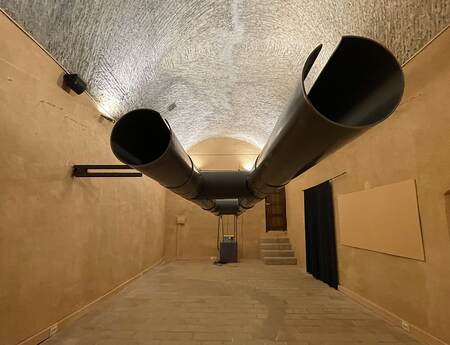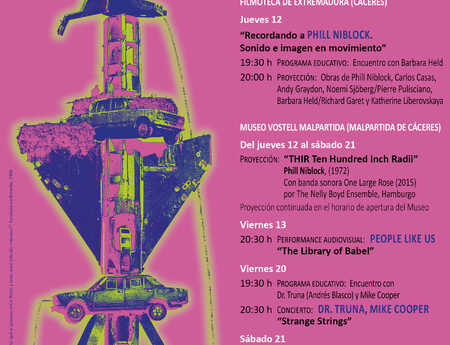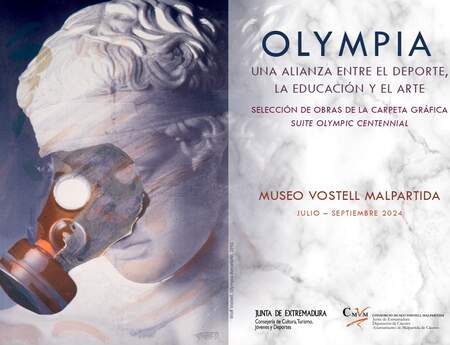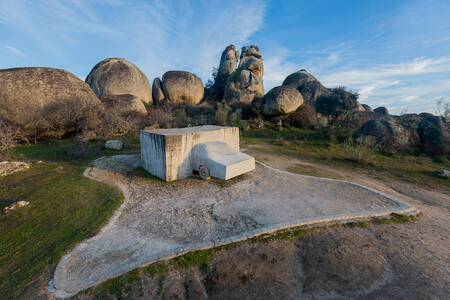
Ctra. De Los Barruecos, s/n Apartado de correos 20
10910 Malpartida de Cáceres
Spain
MUSEO VOSTELL MALPARTIDA
The Museo Vostell Malpartida in the Spanish town of Malpartida de Cáceres, west of the provincial capital Cáceres in the Autonomous Community of Extremadura, is dedicated to the work of the German painter, sculptor, Fluxus and happening artist Wolf Vostell. Since 2024, the museum has been under the artistic direction of Levin Vostell and under the general direction of José Antonio Agúndez García.
Wolf Vostell travelled to Malpartida de Cáceres (southwest Spain) in 1974 and, together with his wife Mercedes Vostell, founded the Museo Vostell Malpartida (MVM) in 1976 in an 18th-century wool laundry (Lavadero de Lanas).
In 1994, the regional government of Extremadura took over the renovation of the buildings. After Wolf Vostell's death in 1998, Mercedes Vostell became the museum's artistic director until her death in 2023. In 2005, the regional government acquired the Wolf Vostell Archive.
The museum consists primarily of four parts. Two parts are permanent exhibitions from the collection of Wolf and Mercedes Vostell, and one part from the collection of the Italian art collector Gino Di Maggio, who specifically collected the art of Fluxus artists. The fourth part is a collection of artworks by conceptual artists. The museum also owns the sculptures in the Los Barruecos nature reserve, including VOAEX (1976) and El muerto que tiene Sed (1978) by Wolf Vostell. Also worthy of mention are the installations The End of Parzival by Salvador Dalí and Tajo by Yoko Ono.
Wolf and Mercedes Vostell Collection
The Wolf and Mercedes Vostell Collection presents a selection of installations by the founding artist: Auto-Fever (1973), Fluxus Buick Piano (1988) and Leonardo da Vinci's Breakfast in Berlin (1998). The sculptures Los Toros de Hormigón, the cycle Trashumancia and other paintings such as El Entierro de la Sardina (1985), Las Chicas del Billar (1986), Mythos Berlin (1986–1987) and Estrella Seelenfreund (1994).
The collection also includes paintings from the VOAEX cycle (1976) and El muerto que tiene sed (1978). Also worthy of mention are Transmigration III (1958-1959), which incorporates a television set, and Montaña extranjera (1958), which marked the beginning of Wolf Vostell's work in Extremadura.
In the garden, there is a sculpture by Wolf Vostell entitled Why did the trial between Pilate and Jesus last only two minutes? (1996), consisting of the fuselage of a Russian Mig-21 aircraft, two cars, computer monitors and three pianos.
Fluxus Collection
The Fluxus Collection was donated to the museum by Gino Di Maggio in October 1996. Di Maggio formed personal relationships with the Fluxus artists, took care of their works and exhibited them first at the Mult(h)ipla gallery and later at the Fondazione Mudima in Milan.
The exhibition includes 250 works (environments, installations, paintings, sculptures and scores) by 31 artists of European, North American and Asian origin, who, since the late 1950s and 1 1960s in the happenings and the Fluxus movement synthesised the upheavals in all areas of culture in favour of a renewal of the artistic field in an interdisciplinary and intermedia way, across the everyday and as a seed of a fundamental social transformation.
